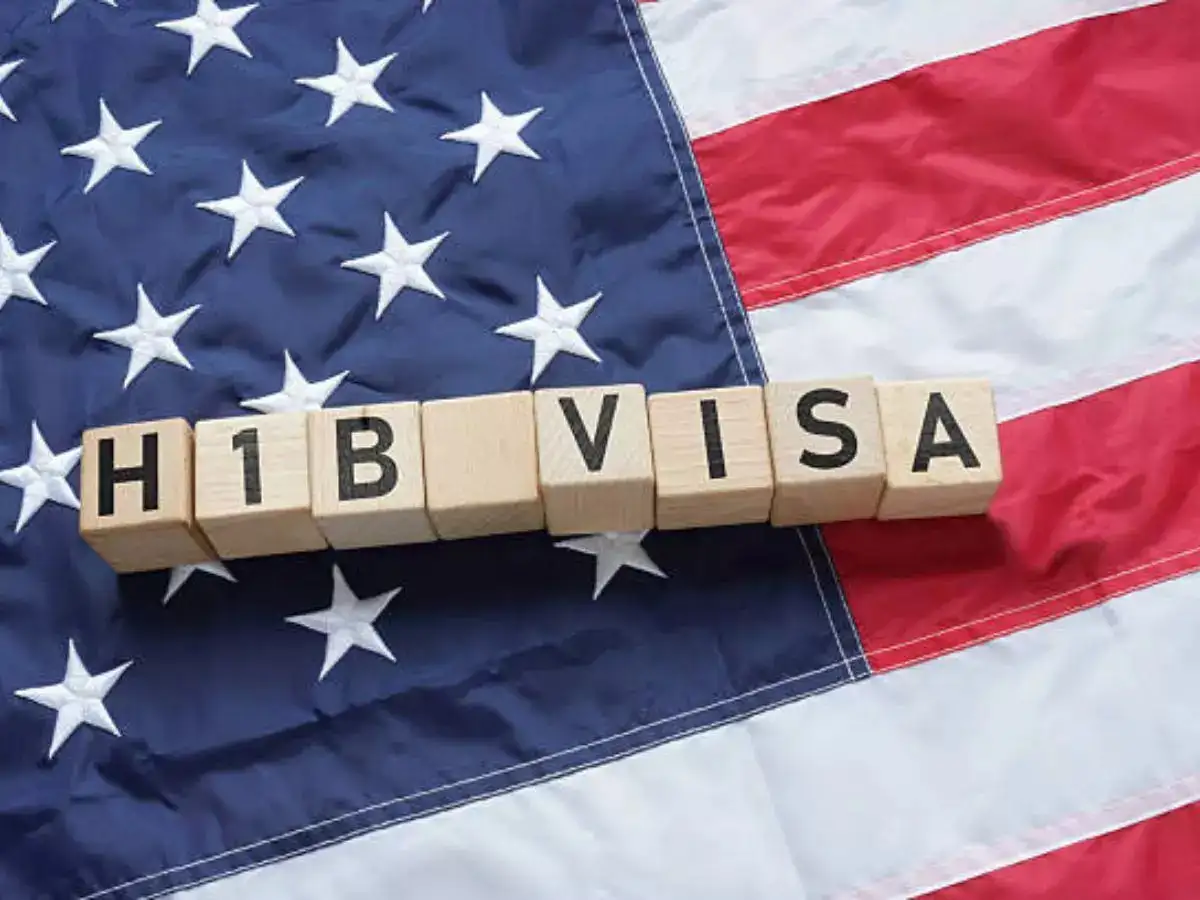USCIS Backlog Extends H-1B to Green Card Pathway to Over Three Years
This escalating backlog creates immense uncertainty for skilled professionals and poses significant talent retention challenges for U.S. employers.

Subscribe to our newsletter and stay informed about latest H1B news, policy updates and and other developments.
Article Summary
Immigrant workers in the U.S. now face a nearly three-and-a-half-year wait for a green card, a significant increase since 2016 due to growing USCIS and Department of Labor processing backlogs. The Visa Office anticipates reaching FY-2025 employment-based visa limits soon, particularly impacting Indian applicants, prompting calls for systemic streamlining.
Original Article: financialexpress.com
[ Sentiment: negative | Tone: factual ]
This summary and analysis were generated by TheNewsPublisher's editorial AI. This content is for informational purposes only; it does not constitute legal or immigration advice.
[ Sentiment: negative | Tone: factual ]
This summary and analysis were generated by TheNewsPublisher's editorial AI. This content is for informational purposes only; it does not constitute legal or immigration advice.
TNP AI: Key Insights
The drastic increase in Green Card processing times, now averaging 3.44 years, translates into prolonged career uncertainty and personal instability for H-1B visa holders, potentially forcing them to reconsider their long-term prospects in the U.S. This represents an 18-month increase since 2016, highlighting a worsening trend in the employer-sponsored immigration system.
For U.S. employers, these extended delays exacerbate challenges in attracting and retaining top international talent, making workforce planning difficult and potentially driving skilled professionals to countries with more predictable immigration pathways. The impending reach of FY-2025 employment-based visa limits, especially for Indian applicants due to strict per-country caps, further underscores the urgent need for comprehensive immigration reform to address growing demand, as advocated by the Cato Institute.




